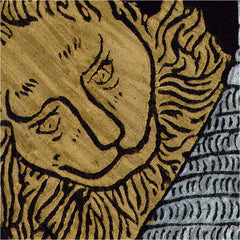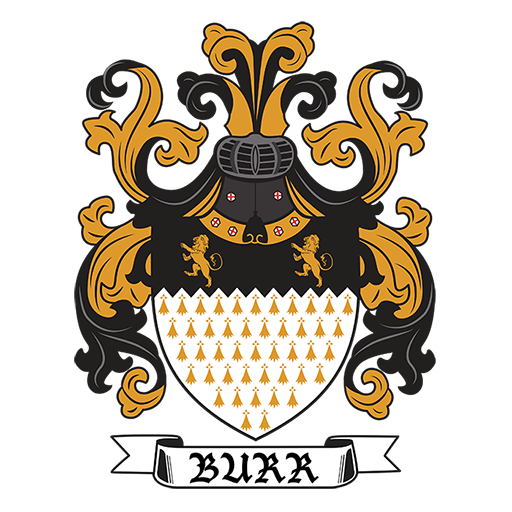Celtic Cross
Celtic knot work was highly developed as an art form, from intricate ornamentation to dramatic symbolism. One of the more interesting designs is the endless ribbon of eternity forming a woven knot.
The Celtic cross is essentially a traditional Christian cross with a circle overlying the point where the lines meet. This symbol evolved in the British Isles, and the earliest forms date from the seventh to ninth centuries in Ireland, Wales, and Scotland.
The oldest Celtic crosses were carved into large slabs of rock that lay flat on the ground. Later versions stand in an upright position, with rock carved away from the cross. Tenth-century Irish crosses were sometimes capped with a pitched roof. Celtic crosses were often decorated with interlaced knot work, spirals, key patterns, animal figures, foliage designs, and Biblical stories. Some crosses were memorials, inscribed with names of individuals; modern Celtic crosses are often used as tombstones in Irish churchyards.
Some suggest that the Celtic cross is derived from the Chi Rho symbol popularized by the Christian Roman emperor Constantine. "Chi" and rho" are the first two letters of "Christ" in Greek, and the overlapped letters are similar to the equal-limbed cross at the center of the Celtic cross.
But no one is certain about where the distinctive circle of the Celtic cross came from or what it means. Among some ancient peoples, a circle was used to represent the moon, and a circle with a cross symbolized the sun. Thus, the circle in the Celtic cross could have been a pagan moon or sun that was appropriated by early Christians to help convert the Celtic population.
An Irish legend tells how St. Patrick created the first Celtic cross by drawing a circle over a Latin cross to incorporate a pagan moon goddess symbol. For an Irish Catholic, the circle in the Celtic cross may be a symbol of eternity and the endlessness of God's love. It can even represent a halo emanating from Christ.


